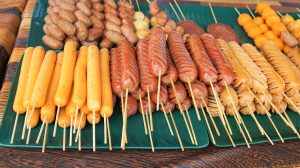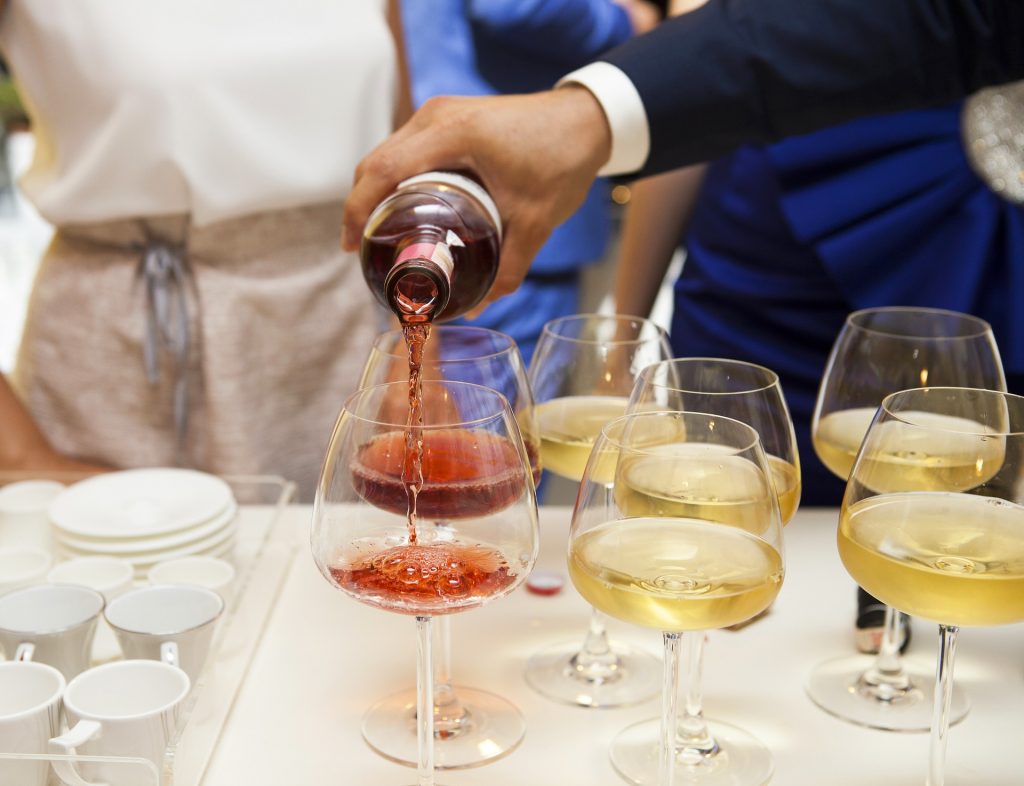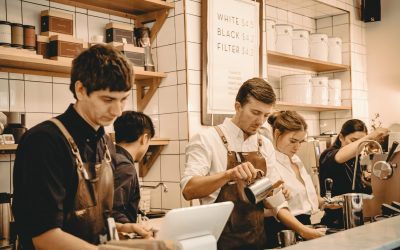Calculating Product Variance
Product variance is one of a restaurant’s main enemies, yet calculating it can be one of your greatest tools in assisting you in cutting costs and correctly managing your inventory. Let’s delve deeper into product variance, calculate it and learn what doing so can tell you.
What is Product Variance?
You may know product variance by its other common names of “loss” or “shrinkage”. Whichever term you use, product variance is very simple to understand:
Variance is the difference between the amount of product sold and the amount of product used, calculated over a given time period.
Product variance is a tool best used when singling out individual items for scrutiny, rather than applying it to your whole kitchen or bar program. But you shouldn’t rule out using it for your whole kitchen or bar program; calculating the variance of your whole inventory will let you know how efficiently your ordering, operating and inventory management processes work.
Calculating the product variance of an individual item allows you to observe how effectively you’re using that item and to put measures in place to increase efficiency.
Calculating Product Variance?
Variance can be calculated as a monetary value or as a percentage.
Monetary Value Variance = [Cost of Product Sold in $s] – [Usage in $s]
Percentage Value Variance = [Monetary Value Variance in $] ÷ [Usage in $s]
Firstly, we must calculate the usage of the item for which we wish to know the product variance for. To do this we need the following equation:
[Beginning Inventory in $s] – [Ending Inventory in $s] = [Usage in $s]
Usage is the amount of said product used over the period defined by the dates of your two inventories i.e. If your beginning inventory was taken during the morning -before service began- of January 1st and your ending inventory was taken during the morning -before service began- of February 1st then you’d be calculating usage for the month of January.
Next you’ll need to know the Cost of Product Sold. Head into your POS system and run a Product Mix Report for the period between your two inventories. Following on from the example above we’d want the data from January 1st through January 31st. Find the product your looking for and find out the quantity of units sold during this period. Take this number and multiply it by the cost per unit and you have your Cost of Product Sold.
Putting this to use let’s use the example of well gin and the inventory period defined earlier:
Our beginning inventory of well gin was $200, and our ending inventory was $110 worth of well gin.
$200 – $110 = $90
So $90 is our Usage value for well gin for the month of January.
Looking at our Product Mix Report we found that we sold 40 units of well gin and we know that a unit of well gin costs $1.75. So:
40 x $1.75 = $70
So $70 is our Cost of Product Sold.
Therefore:
$70 – $90 = -$20 Variance
-$20 ÷ $70 = -28.6% Variance
This shows us that, somewhere, we lost 28.6% of our product instead of selling it, and that amount totalled $20 of inventory value unaccounted for. 28.6% is a lot! but how does product variance occur?

How does Product Variance Occur?
there are two main reasons through which product variance can occur -assuming that you are correctly counting your inventory- and these are wastage and theft.
Wastage – Wastage can be put down to product spoilage or product spillage.
– Spoilage: If you over order a perishable item -for example, salad mix- and are unable to sell it before it spoils that item goes down as wastage. To correct, this decrease your par levels and order less product more frequently.
– Spillage: Has a couple reasons behind it. Maybe your bartenders are over pouring and this is why your variance on well gin is so high. It also could be down to the fact that someone dropped and smashed a half empty bottle of gin.
The wastage reason for product variance shows us the importance of keeping accurate wastage logs. If these aren’t kept up to date you won’t properly be able to explain your product variance and will fall back on the other, worse, reason for which product variance can occur; theft.
Theft – Is pretty self explanatory, and is not something we ever want taking place in our bar or restaurant. That being said, it does occur, and having procedures in place to prevent theft can go a long way; such as a lockable storeroom, and surveillance systems.
Keep in mind that, regarding the bar, employees giving away free drinks is counted as theft. If a product is gifted to a guest -as a resolution for a mistake per-say- it should be comped on the system to ensure that it is tallied in your POS system. If not it’ll bring down your product variance.



